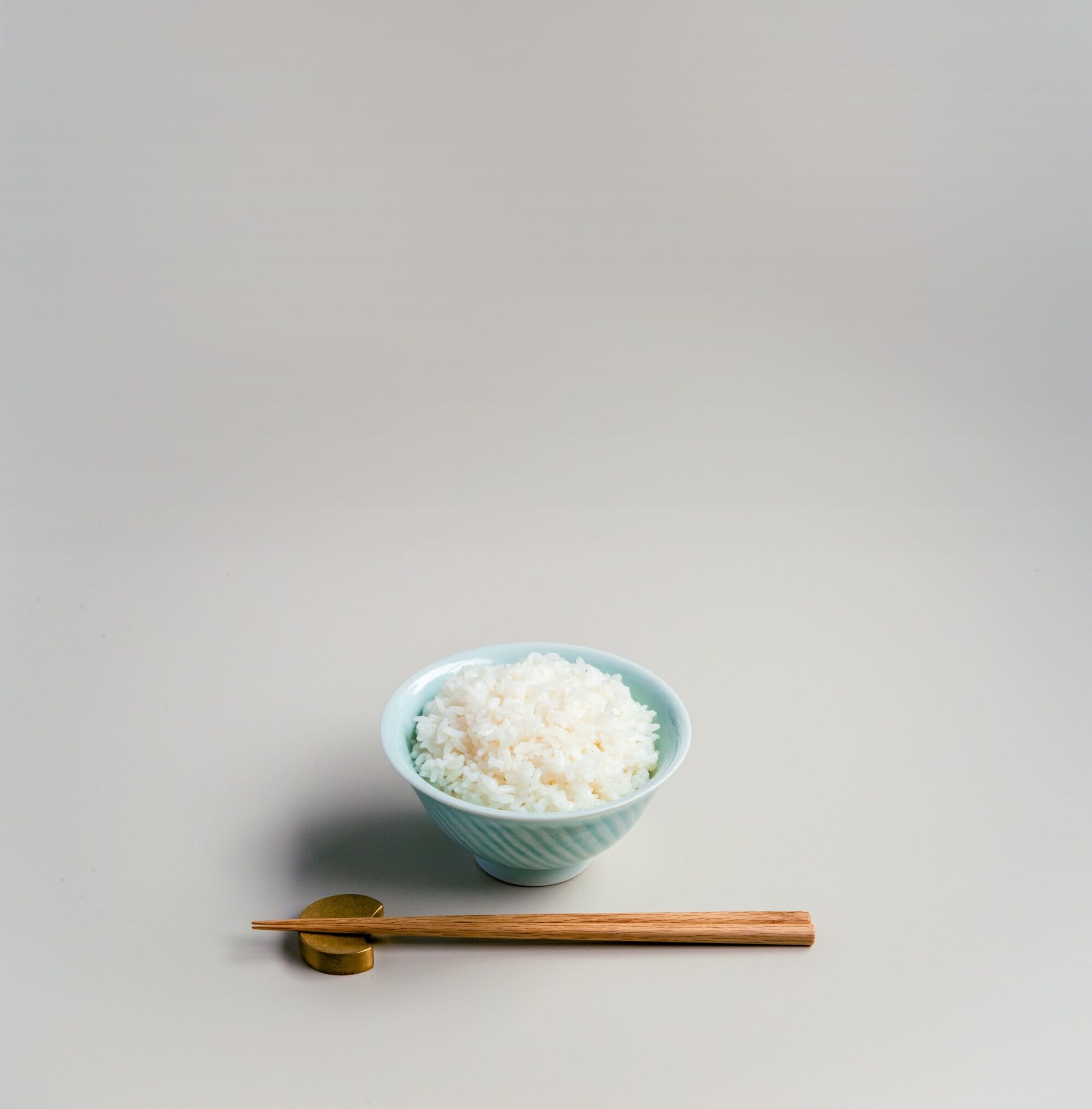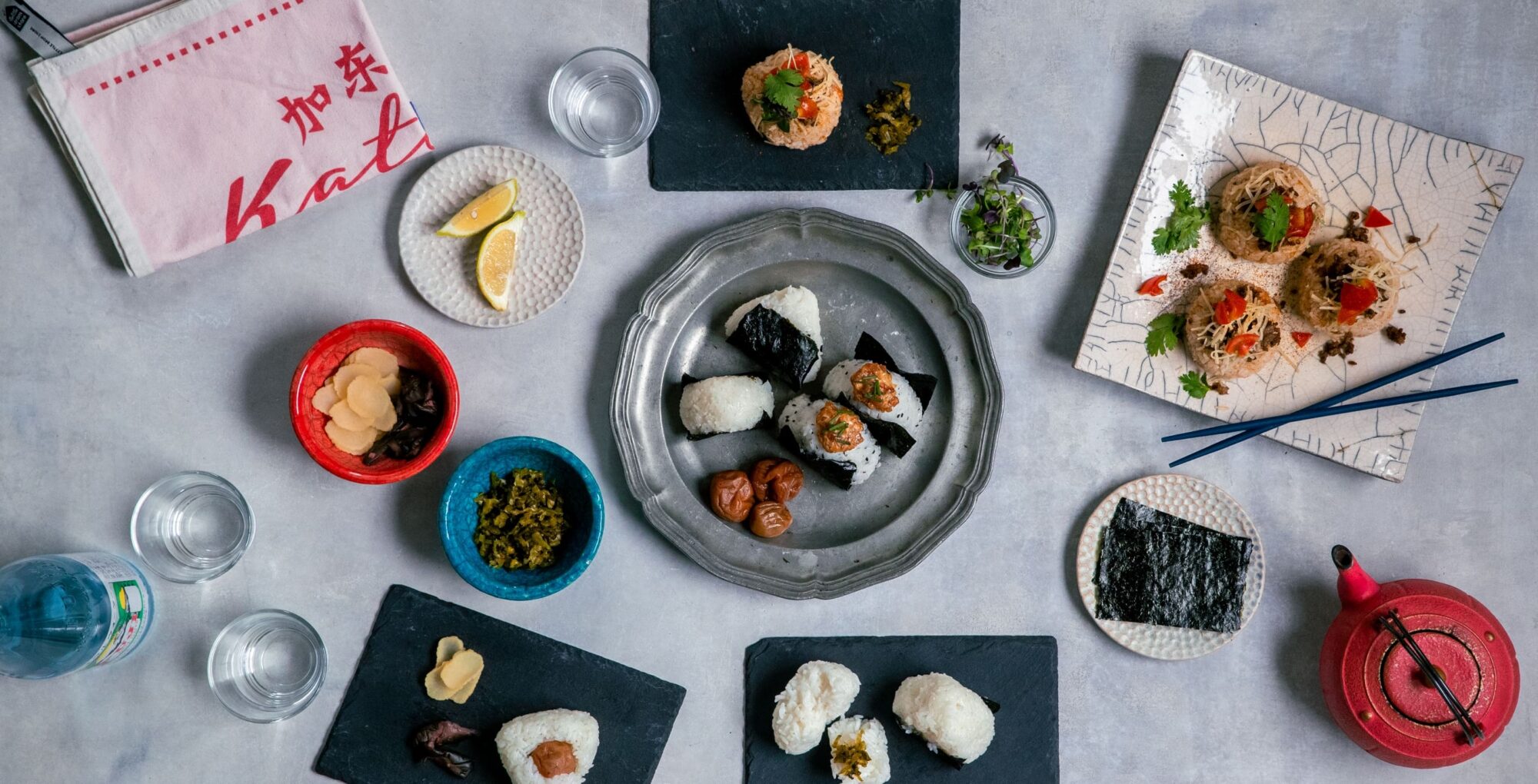April
Omurice オムライス


World-renowned Japanese cuisine, which is registered as UNESCO Intangible Cultural Heritage, is a food culture that has been uniquely developed in Japan. And many chefs cite Japan Rice—a variety of short-grain Japonica rice that is grown in Japan—as a key component of Japanese cuisine. Japan Rice, created from the warm Japanese climate rich with melted snow and rain, is sweet, aromatic, fluffy, and has just the right amount of stickiness in its texture. From soil preparation in winter, growing and planting seedlings in spring, harvesting in fall, and shipment of products, rice farmers expend enormous time and effort to make rice of uniformly high quality. Japan Rice is delicious as is, but when cooled, it has the perfect softness and stickiness for onigiri (rice balls) and sushi. You could say that Japan Rice is the backbone supporting the exquisite flavors of Japanese cuisine.
ユネスコ無形文化遺産に登録され、世界で注目を集める日本食は、日本が独自につくり上げてきた食文化です。その日本食の主役の一つとして、日本産米を挙げる料理人が少なくありません。
日本産米とは、日本で作られた短粒種のジャポニカ米のことを指します。豊富な雪解け水や雨に恵まれる温暖な日本の気候によって育まれた日本産米は、甘くて香ばしく、ふっくらとしていて、ほどよい粘りをもちます。
また、冬の土づくり、春の苗づくりと田植え、秋の収穫、出荷まで、米農家の手間暇かけた米づくりによって、粒のそろった高品質な米ができあがります。日本産米はごはんだけ食べてもおいしく、冷めてもやわらかさと粘りがあり、おにぎりや寿司などにもぴったり。日本食のおいしさを日本産米が支えているともいえるのです。

